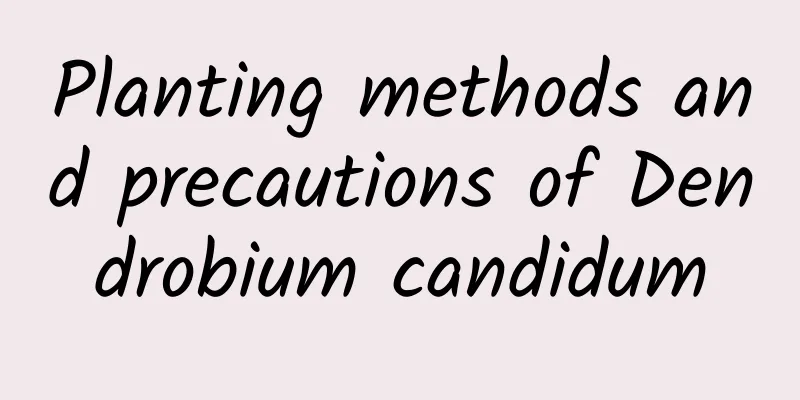How to grow water hyacinth?

|
Water hyacinth , also known as water hyacinth, is native to South America. It gets its name because there is a gourd-like swollen part between the roots and leaves. Although it is an invasive species, water hyacinth was first introduced to my country as an ornamental plant because it is particularly beautiful. Its flowers are light blue and multi-faceted trumpet-shaped, and are very ornamental. So how to grow water hyacinth? Let’s learn more about it below. 1. Breeding environment (1) Still water environment: Water hyacinth is suitable for growing in still water environments, such as ponds, lakes or household water tanks. (2) Water quality requirements: The water quality should be kept clean. You can use tap water after drying it to remove chlorine, or you can use pond water directly. At the same time, change the water frequently, generally every 3-5 days . 2. Lighting requirements Water hyacinth likes light, so we should place water hyacinth in the place with the best lighting so that it can receive sufficient light to carry out photosynthesis and promote growth and reproduction. However, in the hot summer, appropriate shading measures should be taken. 3. Temperature control Water hyacinth likes to grow in a warm environment, and the most suitable growth temperature is 15-28℃. When the temperature is low in winter, measures should be taken to keep warm, such as moving water hyacinth indoors or using heating equipment. 4. Nutritional supplement Generally, you can add a little nutrient solution to the water the night before changing the water. This will provide the water hyacinth with sufficient nutrients for growth. You can use Huazhiling home gardening concentrated nutrient solution, 1 ml to 500 ml of water, and apply once a month. 5. Prune at the right time Regularly trim the yellowed leaves and branches to keep the plant neat and beautiful. At the same time, prune densely packed plants to ensure ventilation and light transmission and reduce the occurrence of diseases and pests. 6. Pest control Water hyacinth generally has fewer diseases and pests. However, under low temperature and poor ventilation conditions, pests such as caterpillars that eat tender leaves may occur. When preventing and controlling, if the number is small, you can capture them directly; if the number is large, you can kill them with dimethoate emulsion. In general, water hyacinth is a floating aquatic plant . Because of its good ornamental properties, many people also want to grow one in a pot at home. It is generally suitable for breeding in home water tanks or outdoor ponds. Just pay attention to mastering the correct breeding methods.
|
<<: Cultivation method of jackfruit seeds
>>: How often should you water the lucky tree at home?
Recommend
How to propagate Sedum sedum
Cutting propagation Breeding season The most suit...
Why don't rose cuttings take root (why don't rose potted plants take root)
Roses are very easy to propagate. As long as the ...
Can August melon be planted in the north? Planting climate conditions
Planting wax gourd in the north Wax melon can be ...
Are dahlia roots edible?
1. Not recommended for consumption The root of da...
How to water Osmanthus fragrans? Watering this way will make the flowers more beautiful!
Control watering regularly Since Osmanthus fragra...
The difference between Vanda and Chida
Introduction to Vanda and Chida You may be famili...
The language and meaning of cymbidium orchids, and who should I give them as a gift?
1. The meaning of the flower language of Cymbidiu...
Is Schefflera suitable for indoor cultivation?
Schefflera can purify the air Schefflera has a be...
What are the varieties of potted sunflowers and how far apart should they be planted?
1. Varieties 1. Polygonum multiflorum: This varie...
How to grow sunflowers for high yields (sunflower field management techniques and planting tips)
Green cultivation of sunflowers refers to followi...
Open-field watermelon planting technology and management methods Open-field watermelon cultivation technology points
The most suitable temperature for outdoor waterme...
How to care for potted yellow acacia cassia
How to care for potted yellow acacia cassia For t...
How to water Tigerthorn
Overview of watering Euphorbia milii Euphorbia mi...
How to take care of the newly bought white magnolia
1. Change soil: After the magnolia adapts to the ...
Why is Mimosa shy? Under what circumstances does Mimosa become shy?
1. Why are you shy? Its leaves can close when sti...









